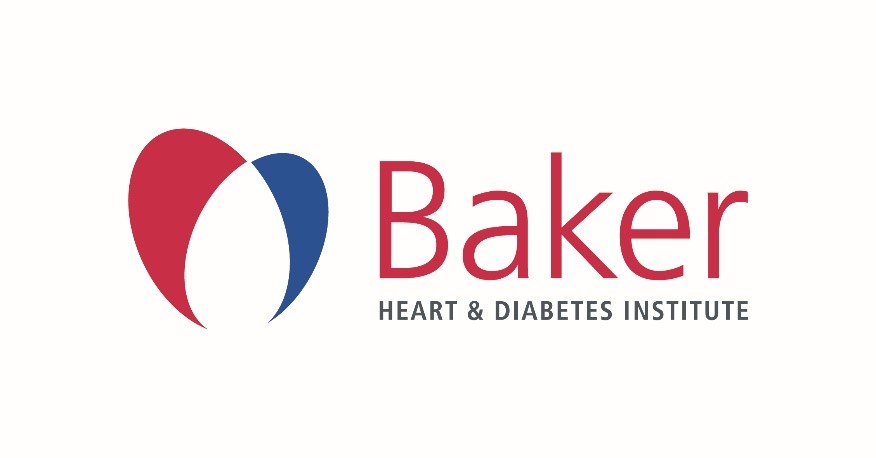Aerosol Generation During High Intensity Exercise-Implications for COVID-19 Transmission.
Brian Cowie; Imogen Wadlow; Andrew Yule; Kristel Janssens; Jason Ward; Steve Foulkes; Ruhi Humphries; Forbes McGain; Rana Dhillon; André La Gerche
Abstract
COVID-19 can be transmitted through aerosolised respiratory particles. The degree to which exercise enhances aerosol production has not been previously assessed. We aimed to quantify the size and concentration of aerosol particles and evaluate the impact of physical distance and surgical mask wearing during high intensity exercise (HIE).Using a prospective observational crossover study, three healthy volunteers performed high intensity cardiopulmonary exercise testing at 80% of peak capacity in repeated 5-minute bouts on a cycle ergometer. Aerosol size and concentration was measured at 35, 150 and 300 cm from the participants in an anterior and lateral direction, with and without a surgical face mask, using an Aerodynamic Particle Sizer (APS) and a Mini Wide Range Aerosol Spectrometer (MiniWRAS), with over 10,000 sample points.High intensity exercise generates aerosol in the 0.2-1 micrometre range. Increasing distance from the rider reduces aerosol concentrations measured by both MiniWRAS (p=0.003 for interaction) and APS (p=0.041). However, aerosol concentrations remained significantly increased above baseline measures at 300 cm from the rider. A surgical face mask reduced submicron aerosol concentrations measured anteriorly to the rider (p=0.031 for interaction) but not when measured laterally (p=0.64 for interaction).High intensity exercise is an aerosol generating activity. Significant concentrations of aerosol particles are measurable well beyond the commonly recommended 150 cm of physical distancing. A surgical face mask reduces aerosol concentration anteriorly but not laterally to an exercising individual. Measures for safer exercise should emphasise distance and airflow and not rely solely on mask wearing.
| Journal | HEART, LUNG & CIRCULATION |
| ISSN | 1444-2892 |
| Published | 01 Jan 2023 |
| Volume | 32 |
| Issue | 1 |
| Pages | 67 78 67-78 |
| DOI | 10.1016/j.hlc.2022.10.014 |
| Type | Observational Study | Journal Article |
| Sponsorship |


